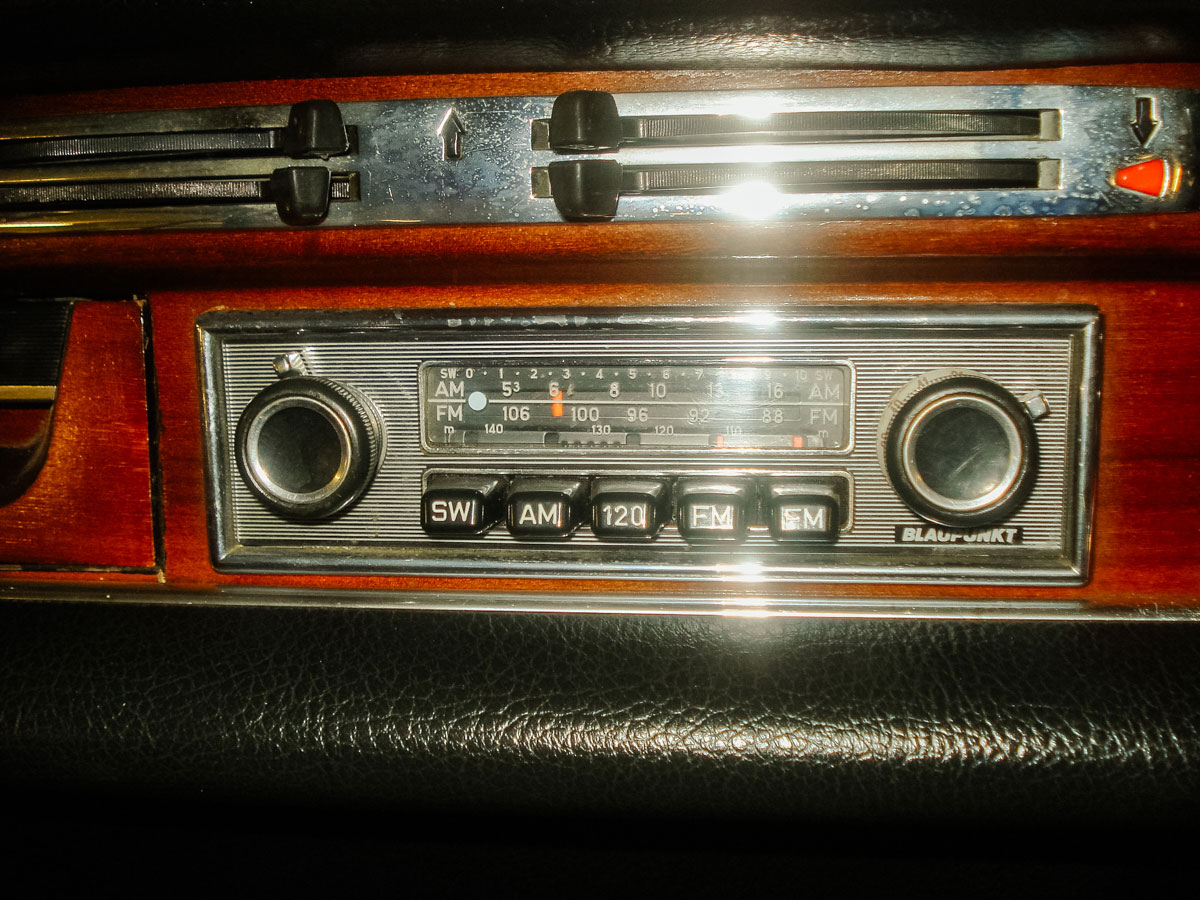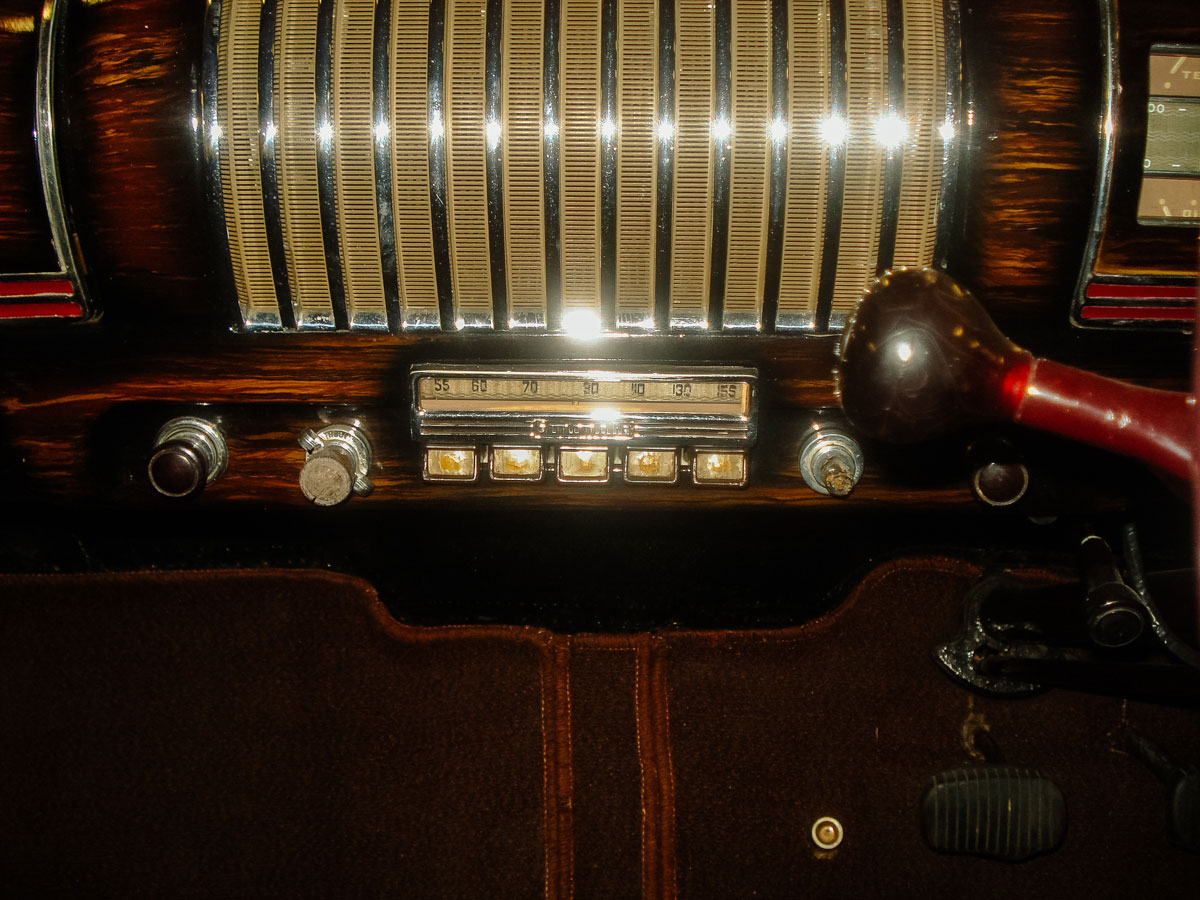
28 Mar Memorabilia: Car radio
Assistant Curator Cheslynne Ruiters gets tuned in with the history of the car radio…
The first thing that most drivers do when they start their cars is to switch on the vehicle’s sound system. While nowadays there are numerous audio sources that can be played through the system, there is one element that has always been present – the radio. This feature offers a wide spectrum of listener interest for people to enjoy – and even participate in – including music, news and chat shows, all available at the touch of a button or turn of a knob. There are a variety of different stations and broadcasting wavelengths and, collectively, the radio offers something for everyone in audio entertainment. But I have always wondered what the first car radios were like…
There were attempts to bring radio to automobiles as early as 1904 by Lee DeForest, an American inventor also known as ‘Father of Radio’, who demonstrated radio as a means of vehicle-to-vehicle communications at the 1904 World Exhibition in St Louis. The first factory installed car radio appeared in a 1922 Chevrolet, and it cost half the price of the car itself! At first, authority wanted to ban the car radio because it could easily distract the driver and cause an accident, but on the other hand, it could be used as an alarm for the driver so he would not get sleepy, For the most part though, car radios were still a rarity, seen by some to be a toy for the wealthy.
Then Paul Galvin and his brother Joseph bought the bankrupt Stewart Battery Company specifically for their battery eliminator plans and manufacturing equipment. The company was renamed the Galvin Manufacturing Corporation, and soon began to develop radios for automobiles under the brand name Motorola (by linking ‘motor’ – for motor car – and ‘ola’ – from Victrola – which was also a popular ending for many companies at the time). The company sold its first Motorola radio on 23 June 1930 for $30, and was later renamed Motorola Inc.
The first car radios only had the AM mode, but in 1952 Blaupunkt released the first FM car radio. It was only in 1953 when Becker’s Mexico radio introduced both AM and FM mode. Then the radio began to evolve as an audio unit when Earl Muntz, an engineer and entrepreneur, pioneered 4-track cartridge technology called the Stereo-Pak and saw its potential for automotive use. He introduced the Auto stereo, which could play entire albums without skipping, so giving the driver total control over the listening experience for the first time. Then in 1965, 8-track stereo technology, better known as the 8-track cartridge system, replaced the 4-track cartridge system. Around this time, Philips launched the compact cassette system, but the 8-track was more popular due to its inexpensive cost.
Cassette tapes quality steadily improved and by the early-1970s easily became number one over the 8-track and was more advanced for in-car listening. Technology improved even further in the 1980s, when custom stereo outfits started to become popular for drivers who wanted sound systems more powerful than their cars! Then along came CDs, DVDs and Blue-ray, Bluetooth and now, 90 years on, the humble valve-driven wireless that took time to ‘warm up’ before emitting words and music pleasure to motorists, has evolved into a digitised multi-faceted audio system that can be operated by voice control and even a smartphone. The march of progress…




